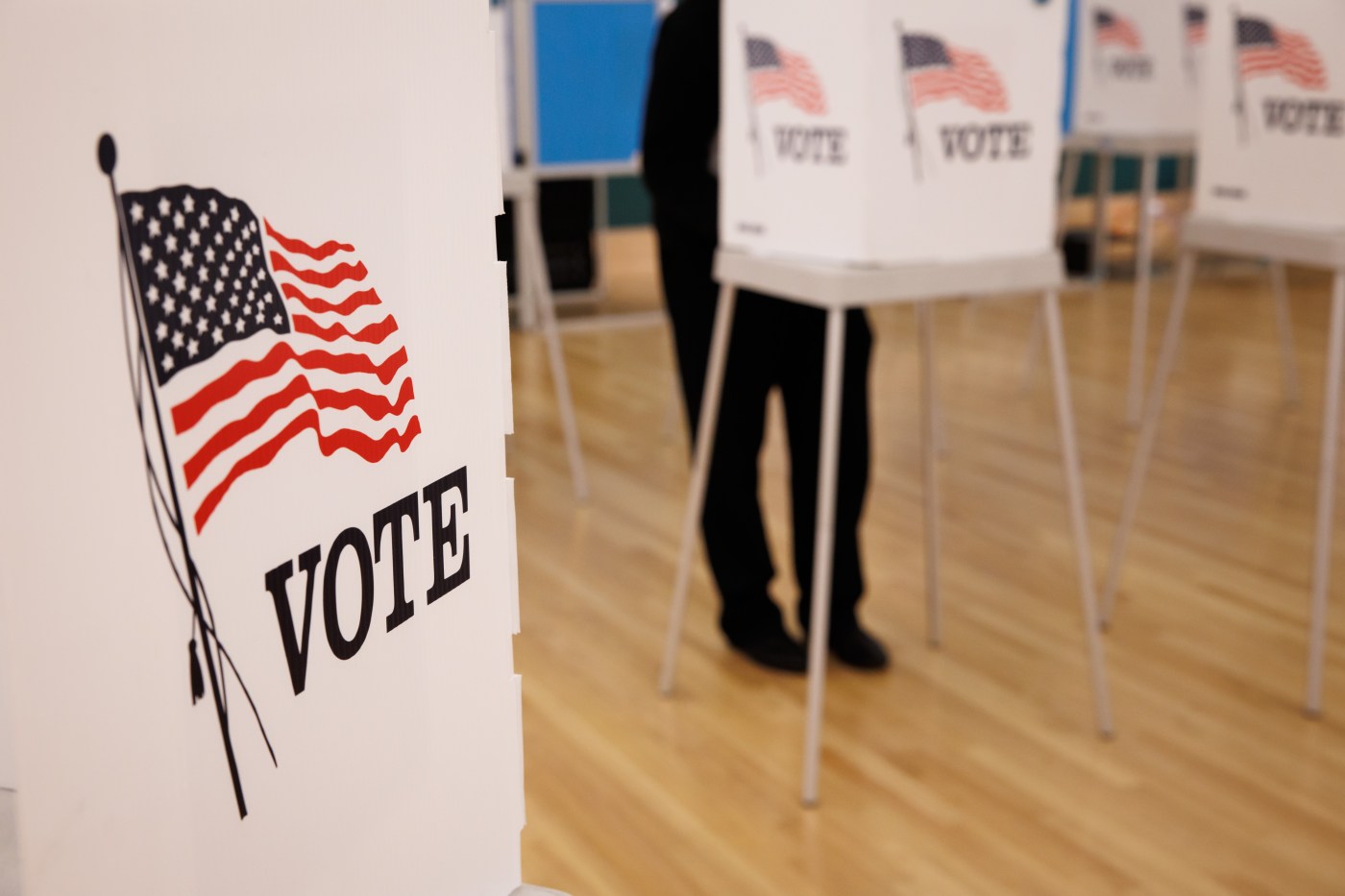BERKELEY — Of the 12 local measures appearing on the November ballot in Berkeley, two competing initiatives aim to bring more money into the city to improve the conditions of streets, sidewalks and pedestrian paths. But only one can win.
Two parcel taxes appearing on the Nov. 5 ballot, Measure FF, dubbed the Safe Streets Initiative, and Measure EE, labeled the Fix the Streets & Sidewalks Initiative, promise to bring similar benefits to Berkeley — repaired streets and pedestrian paths and upgraded safety measures — but for two different price points.
If both measures receive the two-thirds approval needed, the one with the most “yes” votes would win out.
Measure FF proposes charging $0.17 per square foot of residential dwellings, or $255 for a 1,500-square-foot home, and $0.25 per square feet of other property types annually. It is estimated to bring in $235 million over the measure’s 14-year lifetime, according to the Yes of FF campaign website.
Alternatively, Measure EE proposes a single tax rate of $0.13 per square foot, or about $195 annually for a 1,500-square-foot home. It would raise about $144 million over 12 years, according to the Berkeleyans for Better Planning website.
“BFBP’s measure is tightly focused on fixing all our streets and sidewalks,” read the BFBP campaign website. “A competing, higher-tax measure would raise far more funding than necessary to fix our streets and sidewalks, adding tens of millions for broadly defined ‘safety measures’ and without effective oversight or necessary evaluations to make certain funds are spent effectively and as promised.”
The measures differ on other points, aside from their price tags.
Under Measure EE, at least 36 percent of the tax revenue, or about $52 million, would go toward repairing and repaving streets, particularly those in underserved neighborhoods, with a focus on streets with a failing pavement condition index rating of 25. Another 35 percent, or about $51 million, would pay for sidewalk and path repairs; up to 13.5 percent, or about $20 million, would go to pedestrian safety projects; up to 7 percent, or $10 million, would go toward traffic calming measures on bike boulevards and an additional 7 percent would be spent on green infrastructure and environmental enhancements.
Measure FF, on the other hand, proposes spending roughly 45 percent of its revenue on street repairs and repaving, 15 percent on sidewalks, 30 percent on street safety enhancements and 10 percent on green infrastructure. Those allocation breakdowns would no longer apply once the average conditions of city streets met a good PCI rating of 70 or higher.
The measures also call for different oversight models. If approved, Measure EE would establish an independent commission made up of eight people from each district selected at random by the city clerk, and another five at-large members. Measure FF proposes an oversight body of seven people — four appointed by the City Council, two from and appointed by the Transportation and Infrastructure Commission and one from and appointed by the Environment and Climate Commission.
A simple majority of voters would have to back either measure for it to pass. If both measures receive a majority vote, the measure with the greatest amount of support would become law.
“There are two streets measures on the ballot. Only Measure FF will fix Berkeley’s streets while implementing proven City policies that will make Berkeley a more vibrant, livable community,” read the Measure FF campaign website.
Ultimately, proponents of both measures agree on one thing — the city is in dire need of improved street and pedestrian safety. The city’s overall PCI rating was an average of 55, falling in the “poor” condition category, according to a 2022 pavement management program update. Of the city’s streets, 42.25 percent were rated as poor or failed, 21.86 percent as fair, 27.54 percent as good and 8.35 percent as excellent, according to the report.
Berkeley would need to spend about $31 million annually for 14 years to raise its PCI level to 75. That rating would put city streets within the “satisfactory” category. The city currently contributes about $15 million toward street improvements, but street conditions are expected to continue deteriorating in the years to come if that rate is maintained, according to the 2022 report.












